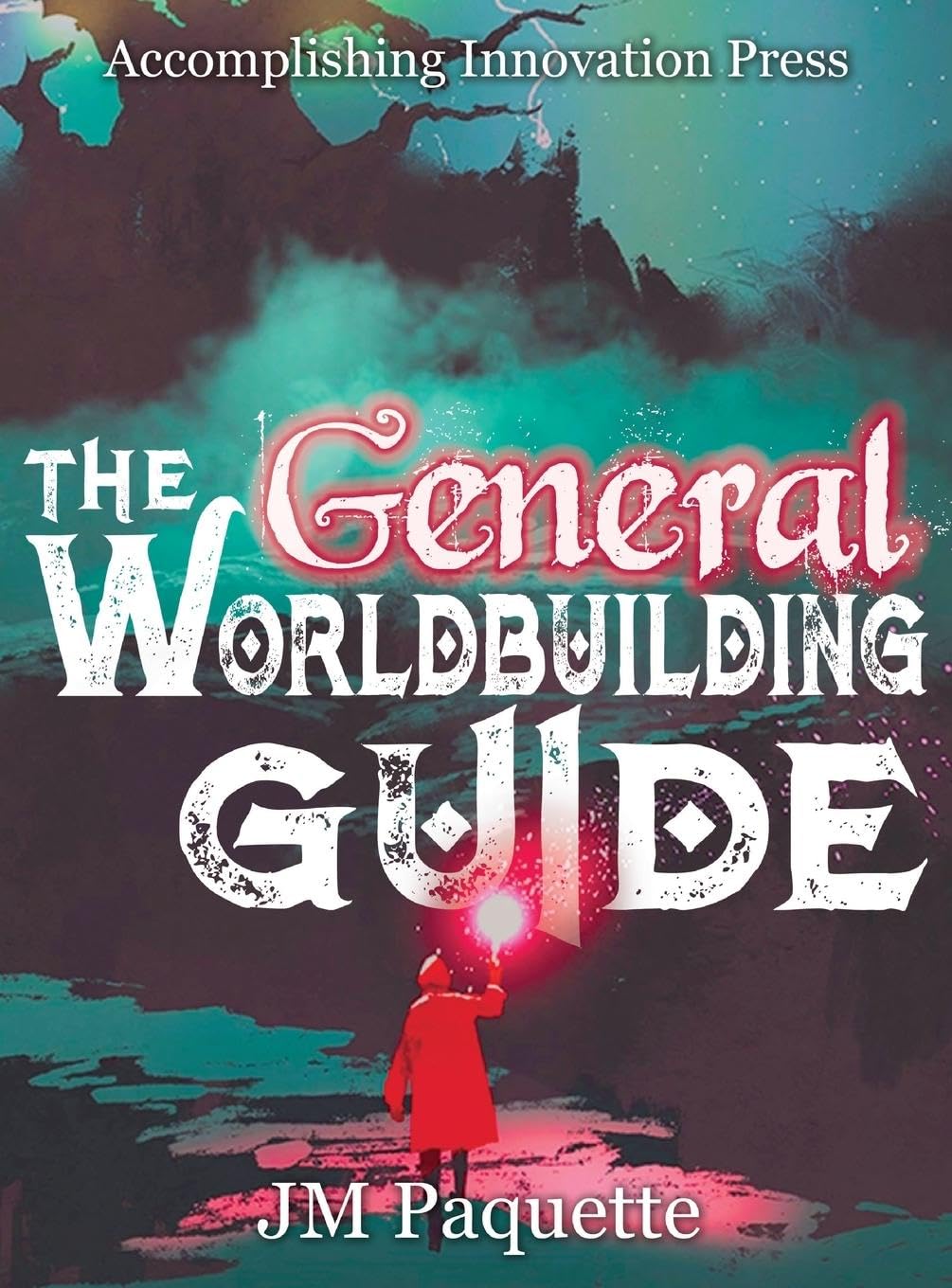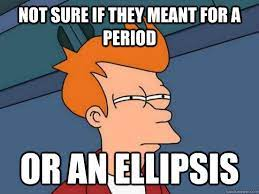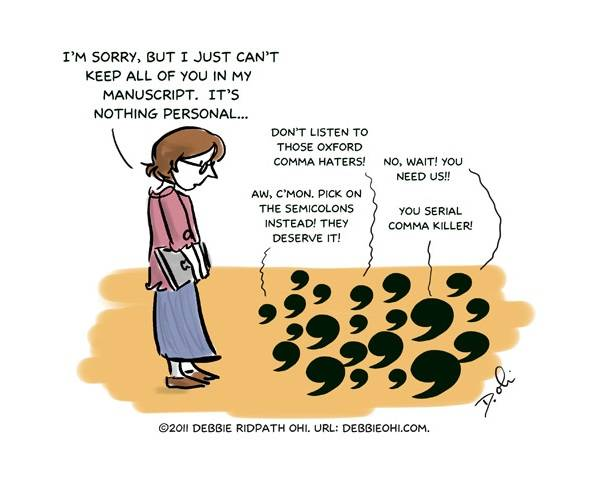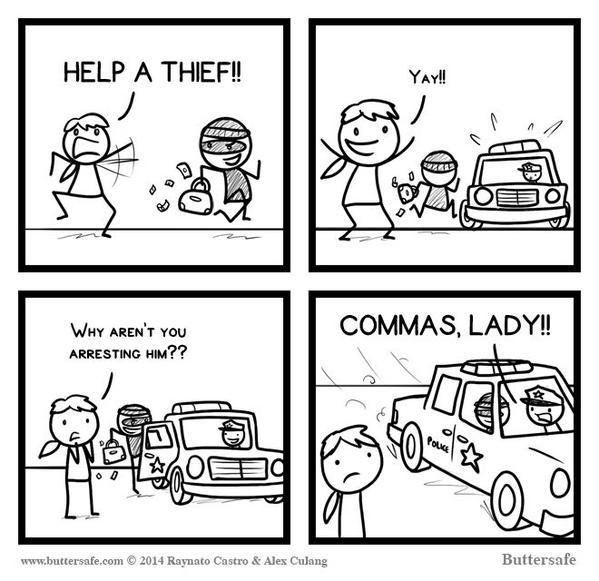
It’s no secret that having an audiobook for your series is a good idea–albeit an expensive undertaking. When the time comes to have someone narrate your words, creating an audiobook guide (or Audiobook Bible, as we call it at 4 Horsemen Publications) can make all the difference between a performance you are proud of and an experience you don’t want to talk about. You invested a lot of time in writing your story–take a bit more to create a guide that will enable an accurate version of your vision.
What is an Audiobook Guide?
An Audiobook Guide is a document you share with your narrator (and perhaps your readers?) that contains two vital pieces of information: how to pronounce the names, places, and specialized vocabulary in your story as well as the mannerisms and speech patterns of your characters. You can do this in a few different ways.
First, let’s talk about pronunciation and why it matters. A lot of authors will say they don’t really care about how a name in their story is pronounced–or my least favorite comment, “Just say it the normal way.” Let’s talk about what the word normal means.
My name is Jenifer. Aside from the odd spelling (only one n–thanks, Dad!), the name Jennifer has been in the top 100 US names for the last few decades. Growing up, I always had at least one (often two three) other Jennifers in my class, meaning we had to pick separate nicknames. For the first fifteen years of my life, I was Jeni (Jenny if I had the traditional spelling). I didn’t think there was any other way to say my name… until I moved to Florida–and my Jeni became the much more serious and adult Jen–and everything shifted.
Instead of Jen, rhymes with “hen” and “pen,” Floridians pronounced my name as “Jin,” like the drink “gin,” rhymes with “sin” and “tin.” I didn’t think I would become an alcoholic beverage, but this simple example shows how much regional variation exists in even so-called “common” name pronunciation. If this kind of thing matters to you as an author (I have shrugged and accepted that my name can sound different in different mouths), and you don’t want your character names mispronounced, take the time to explain how the word should sound, even common names.
Your Audiobook Bible Should Include These Two Things:
- Pronunciation Guide
There are two ways to describe the proper sounds you want your narrator to use:
- Option A: Spell it out with rhymes
- Option B: Use the phonetic alphabet
Option A: Spell It Out
Spell the word out the way it would be pronounced with helpful rhymes and references to help the narrator understand what you mean.
- Klauden van Sherinak (main character):
- Claw (like a cat!) din (like dinner is ready)
- van (like the vehicle)
- Sher (first part of sheriff or an awkward fast sure) in (like an inn or bed and breakfast) ack (like you just stubbed your toe or the ending of the word back or tack or wrack)
- Chaivin (nickname Klauden uses for Hannah): Chai (like the fancy tea with spices) veen (rhymes with queen and seen)
- Hannah van Kreeosk (Main character):
- Hah (like you were right about something and letting someone else know, or you just found the thing you were looking for) nah (like you’re passing on an option “nah man, I’m good” or rhymes with blah or like you’re at the dentist opening your mouth)
- Van (like the vehicle)
- Kree (rhymes with sea or like the Marvel creatures) osk (like mosque or the Star Wars character Bossk)
- Talperin (small town): Tal (rhymes with pal or gal or the first part of the name Mal-colm) per (rhymes with fur) in (like an inn or bed and breakfast)
Option B: Use the Phonetic Alphabet
The phonetic alphabet (see a basic description here) for all the sounds.
- Klauden van Sherinak (main character): /klaʊ dɛn væn ʃɛr i næk/
- Chaivin (nickname Klauden uses for Hannah): /tʃaɪ vin/
- Hannah van Kreeosk (main character): /hæ nɑː væn kri ɒsk/
- Talperin (small town): /tɑːl pɛr ɪn/
The order in which you list your words is up to you, but think about the ease of use for your narrator. I once had an author hand over an excel spreadsheet with over a thousand words and phrases on it (Thanks, epic fantasy!). At first, this seemed too unwieldy, but it ended up being easier for the narrator to search for keywords and find them quickly.
Another thing that will help your narrator is if you make short recordings of you saying the word. You can do this with your phone and one of the many free voice recording apps. Put these files in a folder that you share with the narrator so they can listen to it over and over again, getting your pronunciation down before they begin reading your story.
2. Character Tone Guide
After your pronunciation guide, you should also give a quick overview of the personality that influences the speech patterns of each character. Include any accents, verbal tics, famous references (She sounds like Famous Person X in Movie X), or anything else that will help the narrator nail the sound you seek.
Klauden van Sherinak: (Main character) very studious, reserved, patient, speaks thoughtfully except for the rare occasion when he gets upset (usually because Hannah is being a jerk to him). He is a vampire, so if you want to give him an accent different from everyone else (except Hannah–they’re from the same place), go for it.
Hannah van Kreeosk: (Main character) generally happy or excited about whatever is happening, speaks sometimes before thinking (blurts things out), cautious when meeting new people, secretive about her own life/abilities, sometimes shy and awkward, especially around Rory. If Klauden has an accent, give Hannah a similar one, maybe slightly less since she’s been away from home for a bit.
Once you have started your Audiobook Guide, keep it updated as each new book in the series comes out. Just add new names, places, or words from the newest installment. Make this a living document that grows with your series. (Also, keeping it all together makes it easier to remember how you wanted that word from book one to sound when the characters revisit that idea in book five.)
Choosing a Narrator
Finding the right voice for your series is a big decision–and there are many other blogs that have useful tips about the process, so I will just sum up the biggest ones here.
Remember that recording an audiobook is expensive. Make sure you and the narrator are on the same page about everything from pronunciation and payments to timeframe and corrections. Listen to the person reading a sample of your work, and think about listening to that same voice for hours as they read your entire story. Listen to other recordings by that narrator and see if you like the vibe.
Choosing the voice for your series is an important decision, and one that sets the tone for the rest of the series. Changing narrators midway can be jarring for readers, so you want to avoid that situation.
Overall, an Audiobook Guide can make life easier for you, your narrator, and ultimately, your readers. You wrote an epic story! It’s time to let new readers hear it–the way you want it to sound.











